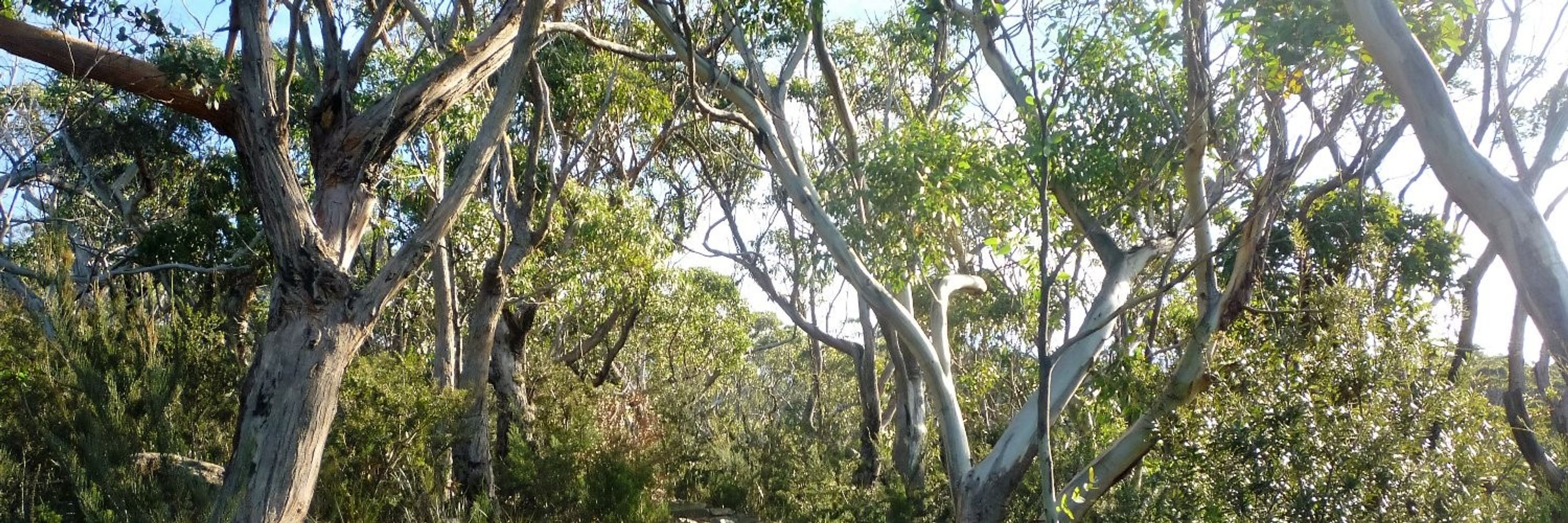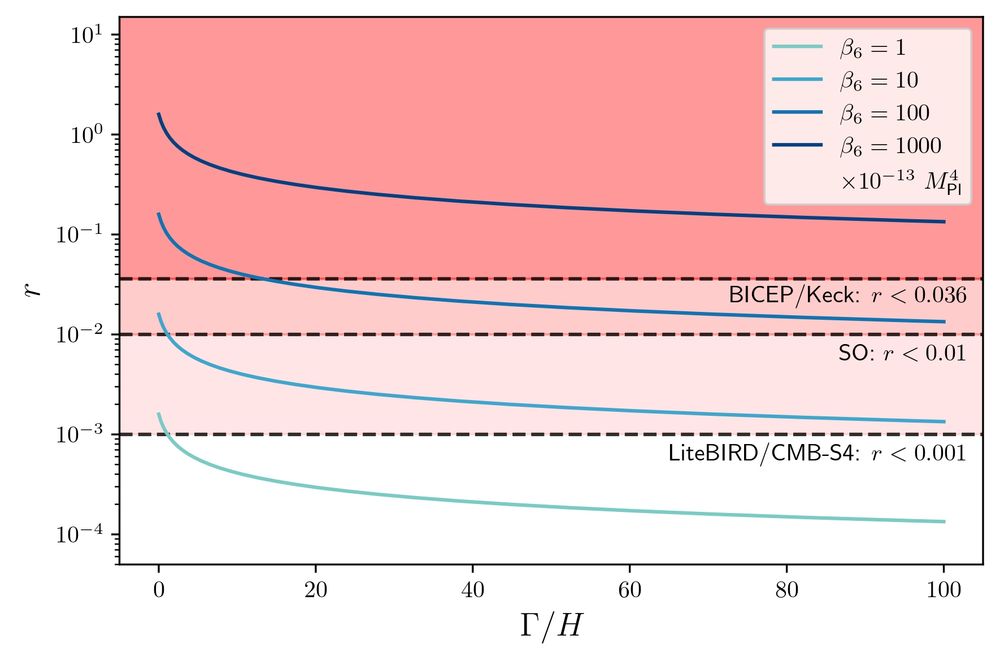
🌌 Λ > 0 universes (D. Anninos)
📊 Out-of-equilibrium systems (T. Anous)
🔍 Amplitudes & correlators (A. McLeod)
Stay tuned! Details: indico.sns.it/event/91/ove...

🌌 Λ > 0 universes (D. Anninos)
📊 Out-of-equilibrium systems (T. Anous)
🔍 Amplitudes & correlators (A. McLeod)
Stay tuned! Details: indico.sns.it/event/91/ove...
· How well can we infer a given parameter?
· What’s the best way to do it? [5/20]
· How well can we infer a given parameter?
· What’s the best way to do it? [5/20]


